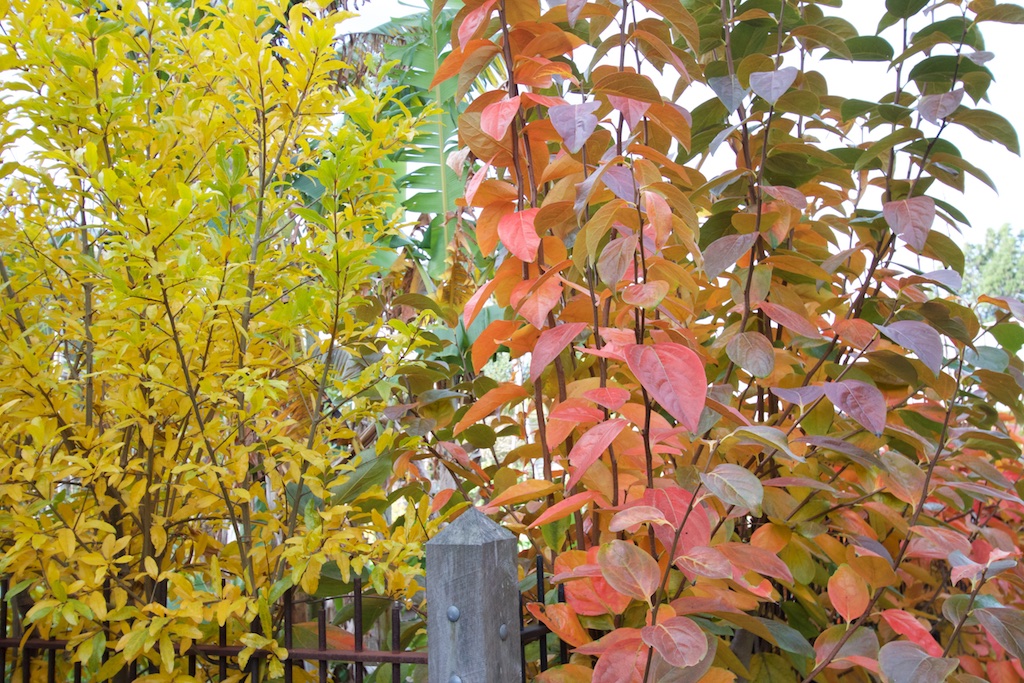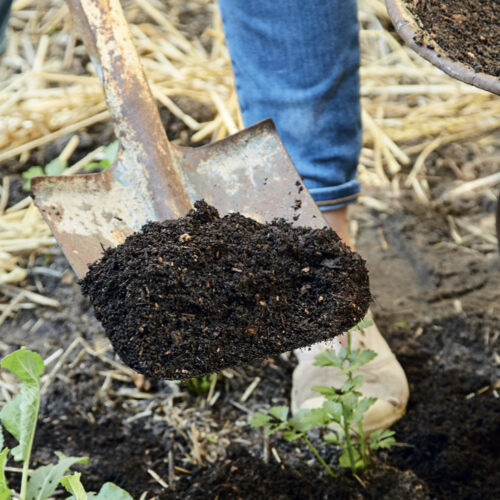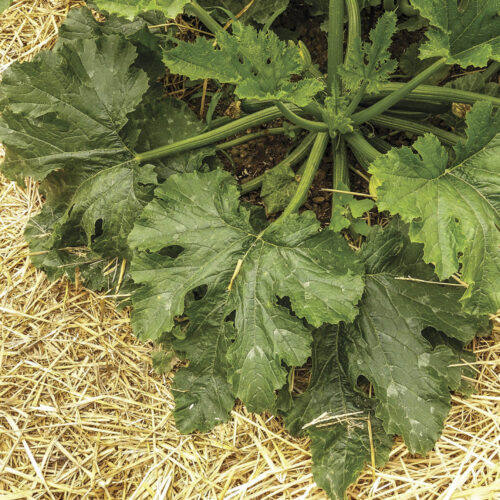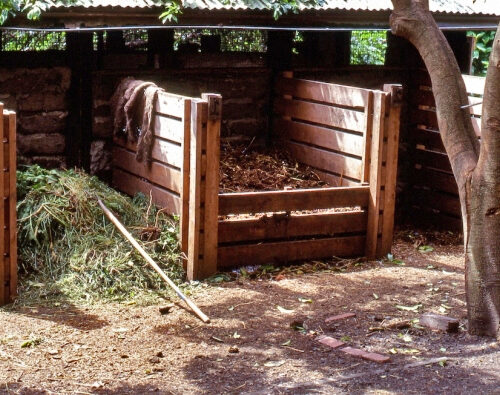Autumn leaves
2018-04-16T04:51:35+10:00
A garden filled with autumn leaves can be a beautiful sight, although they will fall to the ground eventually. But don't be disheartened as they can be used in your garden.
This is a wonderful time of year for those of us living in cooler climates with introduced ornamental trees, with leaves that are myriad colours. Some of my favourites are the maples of all shades, and the orange and purples of smoke bushes (Cotinus coggygria), as well as the buttery yellow gingko. But some of our edible fruited trees can be beautiful in autumn too, in particular blueberries, and the pomegranate and persimmon.
Not only do all these leaves look beautiful, but they can also be used to make marvellous leaf mould. My favourite set-and-forget way of doing this takes time. For complete break down it can be up to 2 years, but once established you can just leave it alone. It’s best to use autumn leaves from deciduous trees, but don’t worry if you get some eucalypt or other leaves in there as well. They will eventually break down, too.
You’ll need four stakes (metal is best but timber will be ok) and about 4m of chicken wire. Bang the stakes into the ground in a shady, sheltered position creating a square about 1m x 1m with a stake at each corner. Wrap the chicken wire around joining it to itself. You’ve created a leaf bin. I always put some thick cardboard, vertically inside the bin at the base, creating a 30cm barrier to stop the fine leaf mould from leaking out before the rest has finished breaking down. Water the soil at the base and then fill your newly made bin with autumn leaves, pushing them down to create more room. Water, and water again each time you add more leaves. Once full just leave to break down. Watering from time to time in hot dry weather.
When autumn leaves fall from a tree most of the nutrients have already been reabsorbed back into the tree. So autumn leaves are mainly cellulose. When they break down they produce a terrific high-carbon humus, an essential component of good soils, and which increases the water-holding capacity. This humus can be added to soils, or used more specifically as seed beds. In seedbeds the humus holds moisture in the soil, enhancing the chances of good germination and seedling growth.
If you don’t want to make leaf mould then just add your leaves, in layers, to the compost. Or use as a mulch over already damp soil, but don’t make the layer too thick as it may stop water from filtering through.






